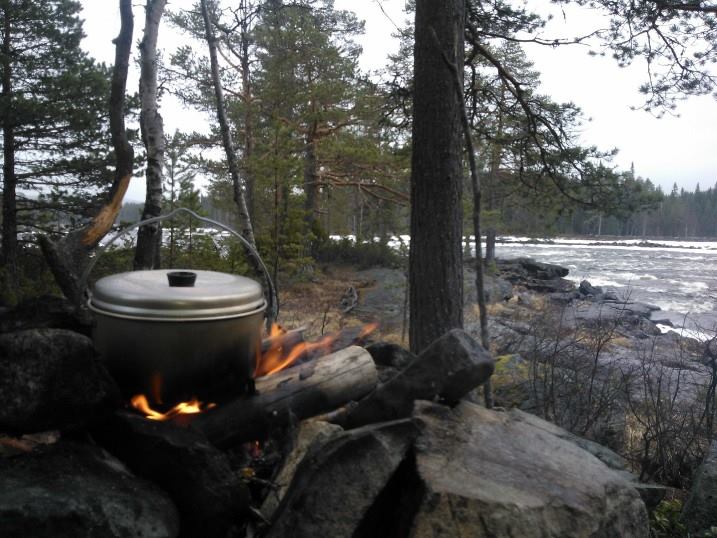Bushcraft isn’t just about surviving—it’s about thriving in the wild. Whether you're heading out for a weekend in your local woods or beginning your journey into wilderness living, learning core bushcraft skills can boost your confidence, self-reliance, and connection to nature.

At Casström, we know that every great adventure starts with the right knowledge—and the right tools. In this beginner’s guide, we’ll cover the five foundational bushcraft skills you should learn first. Let’s build your bushcraft foundation together.
How to Start a Fire as a Beginner:
-
Use a ferro rod: Reliable and waterproof, a ferrocerium rod is ideal for beginners.
-
Practice with natural tinder: Birch bark, dry grass, and fatwood are excellent fire starters.
- Build your fire right: Use the teepee fire lay to start out, to allow airflow and steady burn.
Pro Tip: A quality bushcraft knife makes shaving feather sticks, splitting wood, and prepping tinder much easier.

2. Shelter Building: Protection from the Elements
A good shelter protects you from wind, rain, and cold. Knowing how to build one is essential for both comfort and safety.
Easy Beginner Shelters:
-
Lean-to shelter: Simple and effective using a ridgepole and angled branches.
-
Tarp setups: Lightweight and versatile—just a few knots and pegs needed.
Key Considerations:
- Choose a dry, flat location
- Avoid valleys (cold air sinks) and ridges (exposed to wind)
- Use natural insulation like leaves or pine boughs for bedding
3. Safe Knife Use & Carving Techniques
A bushcraft knife is your most important tool. Used for everything from fire prep to food processing, mastering safe handling is vital.
Start with These Knife Skills:
-
Feather sticks: Excellent fire-starting tinder
-
Batoning: Splitting wood with controlled force
-
Notching: Create hooks or traps with simple carving techniques
Knife Safety Basics:
- Always cut away from your body
- Keep your knife sharp—it’s safer
- Use a stable surface when carving
4. Water Sourcing & Purification
Clean water is non-negotiable in the wild. Learning how to find and purify water is critical for your safety.
Where to Find Water:
- Look for flowing streams or collect rainwater
- Follow animal tracks or vegetation to natural sources
How to Purify It:
- Boiling is the most effective method - big bubbles, no troubles!
- Portable filters or purification tablets are great backups
You can also carve a simple water filter cone using your knife and natural materials (sand, charcoal, grass).
5. Navigation & Natural Awareness
Technology is great—until the battery dies. Learning to navigate using nature and a compass is a classic bushcraft skill that could save your life.

Begin with the Basics:
- Learn to read a map and use a compass
- Understand terrain: ridges, valleys, water lines
- Use natural signs like sun position, moss growth, and animal paths
Situational awareness—being tuned into your environment—is the foundation of all bushcraft.
Your Bushcraft Journey Begins Here
Bushcraft is more than a set of skills—it's a way of life that brings you closer to nature. Start simple, practice regularly, and invest in quality tools that will last a lifetime.
At Casström, we’re proud to equip adventurers with knives and gear built for the wild. Whether you’re just starting out or growing your bushcraft knowledge, we’re here to help you every step of the way.




